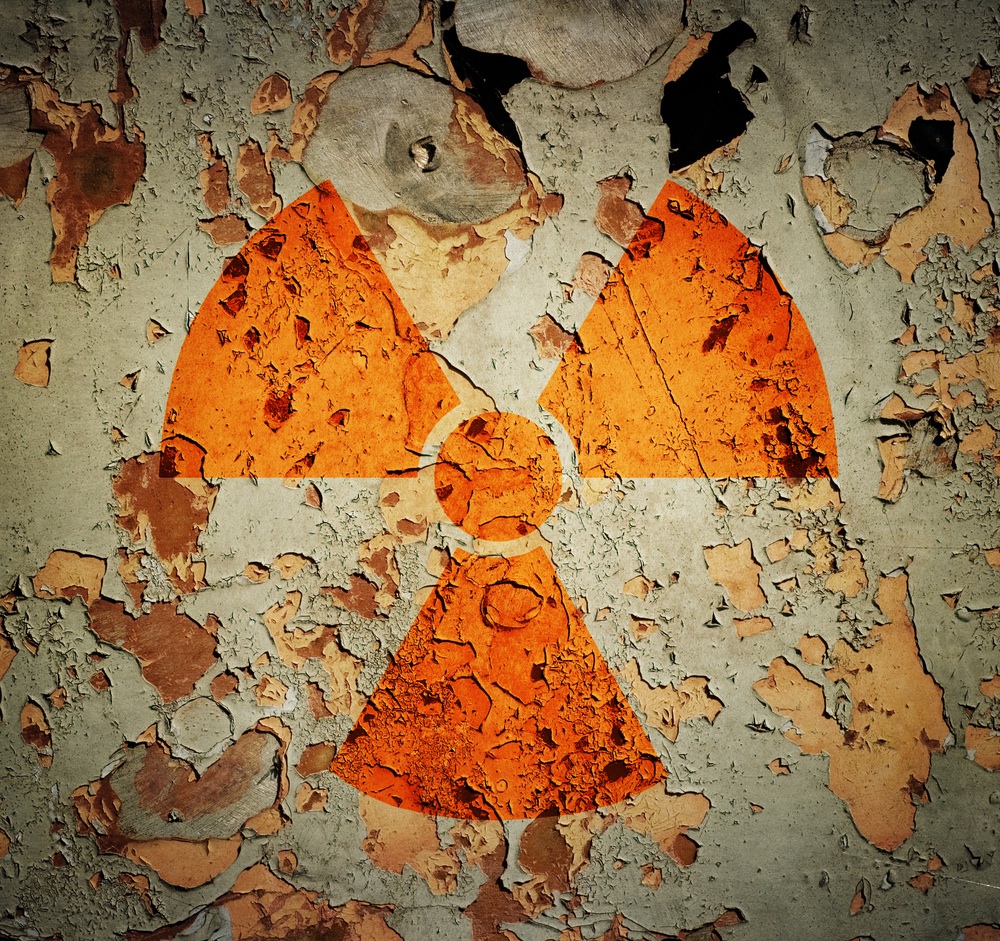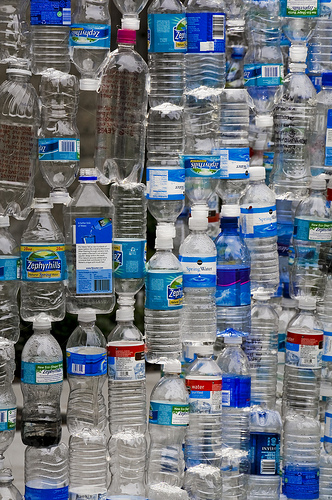 Are you still hung up on Florida Sen. Marco Rubio’s post-State of the Union weird water flub? Well, Peter Gleick sure is. The author of Bottled and Sold: The Story Behind Our Obsession with Bottled Water (and the underhanded liberator of those climate-denying documents from the Heartland Institute) has been researching bottled water for years, and after Rubio’s odd moment with a bottle of Poland Spring, Gleick saw his chance to finally nail Poland Spring bottler Nestlé on where the water actually comes from.
Are you still hung up on Florida Sen. Marco Rubio’s post-State of the Union weird water flub? Well, Peter Gleick sure is. The author of Bottled and Sold: The Story Behind Our Obsession with Bottled Water (and the underhanded liberator of those climate-denying documents from the Heartland Institute) has been researching bottled water for years, and after Rubio’s odd moment with a bottle of Poland Spring, Gleick saw his chance to finally nail Poland Spring bottler Nestlé on where the water actually comes from.
@petergleick About 1/3 Poland Spring comes from Poland Spring, Maine. All spring sources are in Maine and meet a distinct character profile
— News from Nestlé (@nestlemedia) February 19, 2013
A “distinct character profile” and not quite 1/3 legit? Sounds Rubio-appropriate. Mother Jones reports:
In researching the book, Gleick said he found that most of the companies that he talked to were cagey about their water sources. “They don’t like to advertise that fact, and there’s no legal requirement that they say on their label where the water comes from,” he says. As a result, despite spending $11 billion a year on bottled water, most Americans don’t know much about the origins of these beverages.
There are a few rules that bottled-water brands have to follow, however. In order to be called “spring water,” according to the EPA, a product has to be either “collected at the point where water flows naturally to the earth’s surface or from a borehole that taps into the underground source.” Unlike the term “spring water,” other terms like “glacier water” or “mountain water” aren’t regulated and “may not indicate that the water is necessarily from a pristine area,” according to the EPA.
Gleick found that only about 55 percent of bottled waters are actual spring water. The other 45 percent of brands is mostly treated tap water. Aquafina, PepsiCo’s bottled water brand, and Dasani, which is Coke’s, are from municipal sources. …
The murky facts around bottled-water sources prompted the Environmental Working Group (EWG) to survey the industry’s overall transparency and disclosure and issue a report card. Researchers found that 18 percent of bottled-water brands give zero information about where they come from. Thirty-two percent of the 173 bottled-water brands failed to disclose information about their treatment procedures or water purity on the label.
In 2012, according to Gleick, Americans drank more bottled water than in any year before. Sure, you can make a lot of cool stuff out of all the detritus resulting from our bottled-water culture, but let’s just stick with the Nalgene, OK? Oh god but please, please wash it once in a while.



